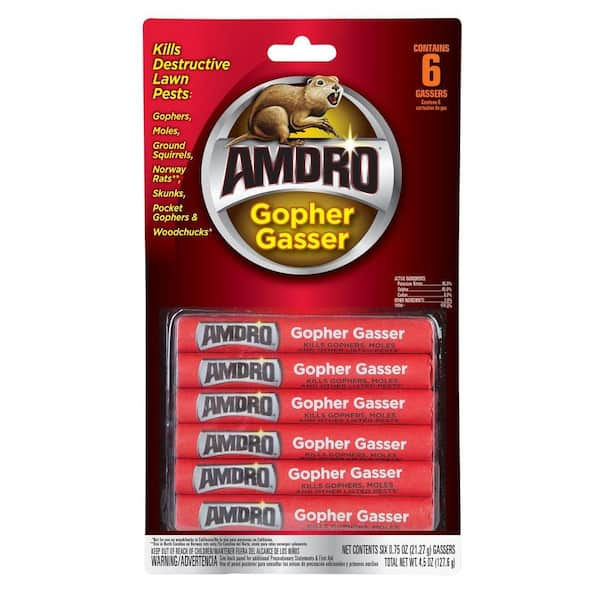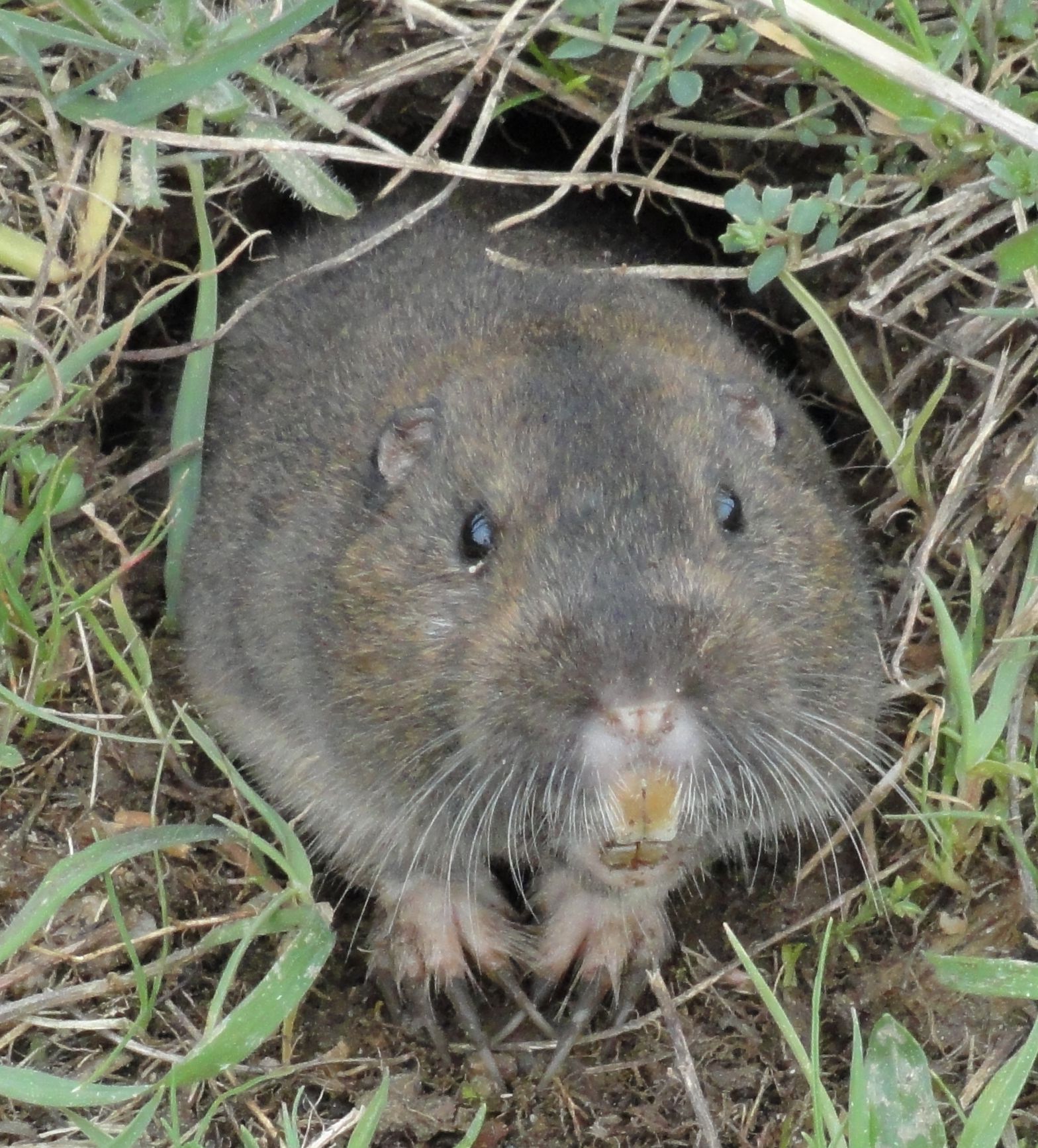Ultimate Overview to Gopher Control: Tips for a Pest-Free Garden
In the search of keeping a growing yard, dealing with gophers can provide a formidable challenge to also the most seasoned garden enthusiasts. By recognizing gopher habits, executing natural repellents, utilizing reliable capturing methods, and establishing physical obstacles, you can substantially reduce gopher infestations and guard the wellness of your garden.
Understanding Gopher Behavior
To effectively manage gophers in your yard, it is important to recognize their behavior patterns and behaviors. Gophers are solitary animals, with each gopher maintaining its own burrow system.

Natural Repellents and Planting Techniques
Executing natural repellents and critical growing methods can properly prevent gophers from inflicting chaos in your garden. In addition, producing barriers underground making use of gopher baskets made of cable mesh can shield the origins of your plants from being consumed by gophers.
Furthermore, making use of all-natural killers like owls, snakes, or tamed animals such as felines can help manage the gopher population in your location. Serpents and owls are natural killers of gophers and can help maintain their numbers in check. Urging these predators to populate your garden can give a natural kind of gopher control.
Effective Catching Strategies
Using humane and reliable trapping strategies is vital in taking care of gopher infestations in your yard. Capturing is a typical approach used to manage gophers and can be highly successful when applied correctly. When choosing traps, it is crucial to pick ones specifically created for gophers to raise the likelihood of trapping success. Some prominent catch alternatives consist of box traps, tunnel traps, and cinch traps.
Passage traps are placed directly into gopher passages and are efficient at catching gophers as they travel with their burrows. Cinch traps are positioned in the major tunnel of the gopher and are set off when the gopher pushes versus the trigger plate.
To improve the effectiveness of capturing, it is advised to find active passages by penetrating the ground and setting catches in these places. Consistently inspecting and resetting traps is important for successful gopher control. By utilizing these capturing techniques, you can effectively lower gopher populations in your yard and stop further damages to your plants.
Producing Physical Obstacles
One efficient method for hindering gophers from attacking your yard is to set up sturdy cord mesh barriers underground. These obstacles serve as a physical deterrent, preventing gophers from delving into your yard beds and triggering damages to your plants. When setting click site up wire mesh barriers, it is necessary to make use of materials that are sturdy and strong to hold up against the gophers' persistent excavating efforts. The mesh must be hidden a minimum of 24 inches deep to properly block gophers from tunneling beneath.

Keeping a Regular Tracking Set Up
Routine monitoring of your yard is essential in properly handling gopher task and stopping potential damage to your plants. By developing a routine examination schedule, you can without delay spot any kind of signs of gopher visibility and take required activities to address the problem prior to it rises. Establish apart certain times each week to stroll via your garden, paying attention to any mounds, passages, or wilting plants, as these can indicate gopher activity.
Throughout your tracking sessions, consider using gopher-specific signs such as fresh dust mounds, nibbled origins, or freshly dug tunnels to identify active locations. Maintain a journal or map to track these signs over time, helping you identify high-traffic areas that call for immediate intervention. Furthermore, take into consideration installing motion-activated video cameras or traps in critical areas to gather more information regarding gopher habits patterns in your yard.
Normal surveillance not just permits you to assess the efficiency of your gopher control approaches yet additionally allows you to adjust your techniques based on real-time observations, ultimately resulting in a healthier and pest-free garden.
Conclusion
To conclude, managing gophers in your garden requires a combination of understanding their behavior, using natural repellents and growing approaches, reliable capturing methods, producing physical barriers, and maintaining a normal surveillance schedule. By executing these strategies, you can keep your garden pest-free and make sure the health and wellness of your plants. Keep in mind special info to stay proactive and vigilant in your gopher control initiatives to preserve a lovely and flourishing garden.
By recognizing gopher habits, executing natural repellents, making use of efficient trapping approaches, and establishing physical barriers, you can dramatically alleviate gopher invasions and protect the wellness of your garden.
Additionally, producing barriers underground making use of gopher baskets made of cable mesh can protect the roots of your plants from being consumed by gophers.Box traps are positioned near gopher piles and offer as an inviting passage for the gopher to go into. Passage traps are put directly right into gopher tunnels and are reliable at catching gophers as they take a trip through their burrows. Cinch catches are placed in the major passage of the gopher and are triggered when the gopher presses versus the trigger plate.